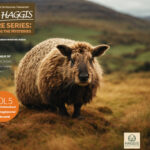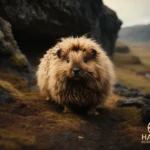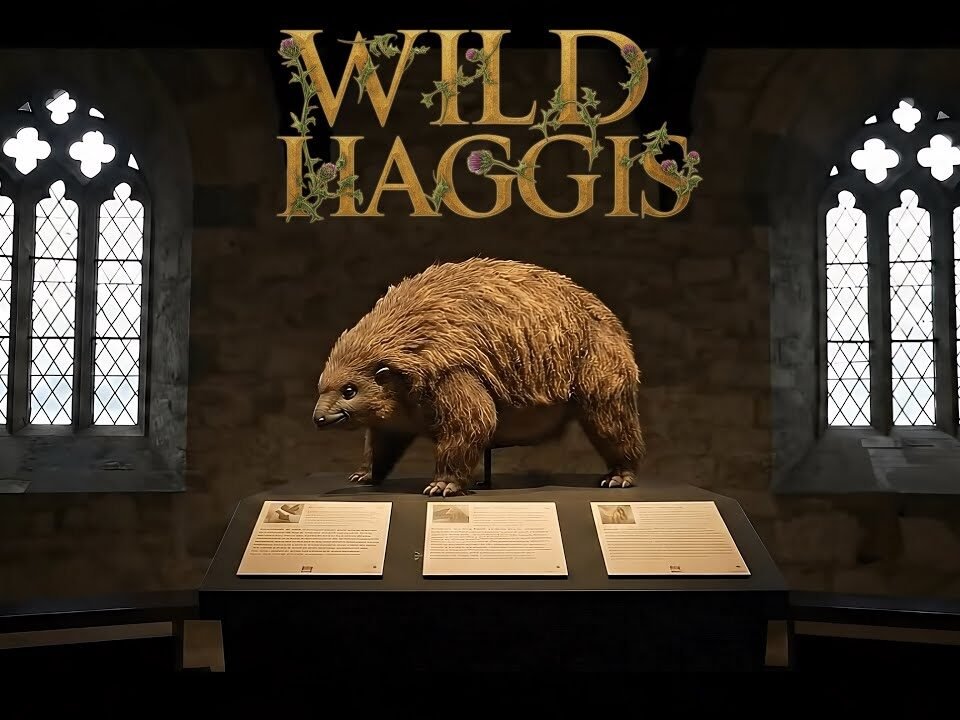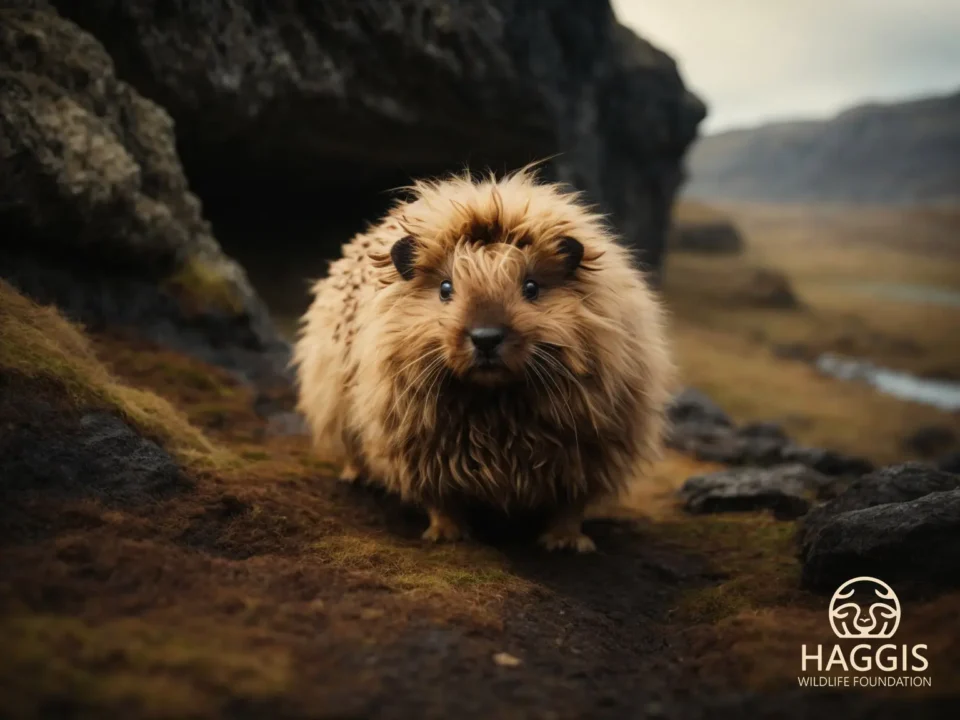
The Intriguing Taxonomy of the Wild Haggis
November 30, 2023
Wild Haggis Animal – Fact Or Fiction
December 27, 2023Title: Wild Haggis and the Conservation Chronicles: A Journey Through Scotland’s Biodiversity
About the Author: Right Hon Dr. J Longrass MD, PhD, RFHC (Research Fellow: Haggis Wildlife Foundation)
Dr. J Longrass, renowned as a distinguished conservationist, haggis expert, and philanthropist, has dedicated his career to the study and preservation of wildlife, with a particular focus on Scotland’s natural heritage. With an illustrious academic background in environmental science and zoology, Dr. Longrass is esteemed for his extensive research on the ecology and conservation of the haggis, contributing significantly to our understanding of this unique species.
Beyond his scientific pursuits, Dr. Longrass is a passionate advocate for environmental conservation. His philanthropic efforts are evident in his support for numerous conservation projects, both in Scotland and internationally, aimed at protecting endangered species and habitats. He has been instrumental in initiating and funding various wildlife conservation programs, demonstrating his commitment to sustaining biodiversity and ecological balance. Dr. Longrass’s contributions to conservation and his efforts to raise awareness about environmental issues have earned him recognition and respect in both scientific and philanthropic circles. His work continues to inspire a new generation of conservationists and environmental stewards.
In addition to his professional accomplishments, Dr. Longrass harbours a unique hobby of collecting old used matchboxes. His impressive collection, amassed over years of travel and exploration, showcases a fascinating array of designs and historical narratives, reflecting his deep appreciation for cultural artifacts and ephemera.
Introduction:
In my extensive experience traversing the majestic landscapes of Scotland, I have been continually awestruck by the ecological marvels these lands present. Home to an array of species, each unique and integral to the ecological equilibrium, Scotland’s natural environments are a living testament to the wonder of biodiversity. Notably, the wild haggis, an enigmatic creature, has become emblematic of the country’s rich biological diversity.
In this article, I aim to shed light on the diverse and robust conservation efforts being undertaken across Scotland. These efforts not only address the immediate challenges but also celebrate the victories in safeguarding our varied wildlife. We have witnessed remarkable progress, from the revitalization of native species through comprehensive recovery programs to the ground-breaking strides made by community-led conservation initiatives. Each step in this journey of conservation underscores our unwavering dedication to protecting and nurturing Scotland’s natural heritage, ensuring it thrives for the enjoyment and benefit of future generations. This is a story of resilience, innovation, and hope, rooted in our deep connection to the land and its inhabitants.
Reviving the Wild: Success Stories in Scottish Conservation
Scotland’s direction in conservation is indeed complex, but it is illuminated by several success stories that provide valuable insights for future endeavours. The recovery program for the Scottish wildcat is a prime example of what can be achieved with dedicated conservation efforts. This program has employed a multifaceted approach, encompassing habitat restoration, captive breeding, and public education, which has collectively led to a significant increase in wildcat populations. The success of this program is a testament to the potential of reversing the decline of endangered species through
coordinated efforts. The strategies used in this program, particularly those related to habitat management and community engagement, have set a precedent that can be effectively adapted and scaled to support other species facing similar threats, including the elusive wild haggis. The wild haggis, known for its unique habitat requirements and behaviours, has become increasingly vulnerable due to human encroachment and environmental changes, mirroring the plight faced by the Scottish wildcat in the past.
The State of the Wild: Current Conservation Status in Scotland
These conservation successes, however, represent only a part of the broader narrative in Scotland. The current conservation status of wildlife in the region presents a varied landscape. While some species, like the Scottish wildcat, show promising signs of recovery, others remain critically endangered or vulnerable. The haggis, for example, with its distinct ecological niche, faces challenges due to changing landscapes and climate conditions. Conservationists have been closely monitoring its population, alongside other key species, gathering data to understand the factors contributing to their survival or decline. Through this rigorous monitoring, it has become apparent that habitat loss, climate change, and human disturbances are the major threats to wildlife in Scotland. These challenges necessitate a comprehensive and multifaceted approach to conservation, one that addresses the immediate needs of the species while also considering the long-term sustainability of their habitats.
In addressing these challenges, community-led conservation initiatives have played a crucial role. The collaboration between local communities and conservationists has proven to be a powerful tool in preserving wildlife. A notable example of this is the community-based project in the Cairngorms National Park. Here, local residents have worked alongside conservationists to implement sustainable land-use practices that are conducive to protecting native wildlife, including the haggis. This initiative has not only improved the conditions of the habitats but has also fostered a deeper connection between the community and their natural surroundings.
The engagement of local communities has brought about a greater awareness and understanding of the importance of conservation, leading to more sustainable practices being adopted in everyday life. Furthermore, the integration of indigenous knowledge with modern conservation techniques has been instrumental in these efforts. Local insights into wildlife behaviours and ecosystem dynamics have provided invaluable information that has informed conservation planning. This blending of traditional knowledge with scientific research has led to more effective and culturally sensitive conservation strategies.
Community at the Core: Local Initiatives in Wildlife Preservation
The success of these community-led initiatives highlights the importance of local engagement in conservation efforts. It demonstrates that when communities are involved and invested in the well- being of their natural environment, conservation efforts are more likely to succeed. These initiatives have also shown the importance of education and public awareness in conservation. By educating local communities about the importance of biodiversity and the specific needs of species like the haggis, conservationists have been able to garner support and involvement from those who are most directly impacted by conservation measures.
In addition to community-led efforts, technological advancements have also played a significant role in conservation in Scotland. The use of modern technology, such as satellite tracking and camera traps, has enabled conservationists to monitor wildlife populations more effectively and gather detailed data on their habits and movements. This technology has been particularly useful in tracking the movements of species like the haggis across different habitats, providing insights into their migratory patterns and habitat preferences. This information is crucial in designing effective conservation strategies and ensuring the long-term survival of these species. The conservation landscape in Scotland is one of complexity and challenge, but also
of hope and opportunity. The success stories, the involvement of communities, and the use of modern technology all contribute to a comprehensive approach to wildlife conservation. As Scotland continues to navigate the challenges of conserving its unique wildlife, these elements will be crucial in ensuring the success of conservation efforts, preserving the natural heritage of the region for future generations.
Navigating the Future: Emerging Challenges and Opportunities in Conservation
Looking to the future, the conservation landscape in Scotland is poised to face a series of challenges and opportunities. Anticipated environmental changes, driven by global climate trends, are expected to alter the habitats and behaviours of various species, including the haggis. Conservationists are exploring emerging technologies, such as drone monitoring and AI-driven species tracking, to gather comprehensive data on these changes and their impacts. These technologies offer unprecedented opportunities for real-time monitoring and analysis, enabling more targeted and effective conservation actions. Additionally, potential legislative changes, reflecting a growing recognition of environmental concerns, are likely to influence conservation strategies in the coming years. These changes may include stricter regulations on land use, increased funding for conservation projects, and greater protections for endangered species.
The anticipated shift in environmental conditions, particularly in the highlands, is expected to challenge existing conservation paradigms, requiring adaptive and innovative approaches to ensure the sustainability of wildlife populations. The haggis, with its specific ecological needs, will be a critical indicator of the effectiveness of these strategies, serving as a barometer for the health of Scotland’s natural ecosystems. As climate change continues to affect weather patterns, habitat conditions, and food sources, conservationists must be prepared to respond to these shifts with agility and creativity. For example, changing precipitation patterns may require the development of new water management strategies to ensure that wetlands and other crucial habitats remain viable for species such as the haggis and others that depend on them. The potential for increased extreme weather events, such as storms and droughts, calls for the development of disaster response plans that can minimize their impact on wildlife and their habitats.
In addition to technological advancements and legislative changes, conservation in Scotland will increasingly rely on international collaboration. Climate change and biodiversity loss are global issues, and the exchange of knowledge, resources, and best practices with other countries can strengthen Scotland’s conservation efforts. Collaborative research programs and conservation initiatives can provide valuable insights into effective strategies for protecting wildlife and ecosystems in a changing world. The haggis, as a species of interest not only within Scotland but also in the broader context of European wildlife, can benefit from such collaborative efforts, particularly in terms of genetic diversity and habitat conservation. Conservationists are also paying attention to the socio-economic factors that influence conservation.
The relationship between local communities and their natural environment is crucial, and conservation strategies need to be developed in a way that respects and incorporates local needs and perspectives. Sustainable tourism, for instance, can play a significant role in conservation by providing economic benefits to communities while also fostering a deeper appreciation and respect for wildlife and natural habitats. Efforts to engage and educate the public about the importance of conservation are essential in building a society that values and actively participates in the protection of its natural heritage. Education programs, especially those targeting young people, can cultivate a sense of stewardship and responsibility towards the environment. The role of non-governmental organizations (NGOs) and private sector partnerships in conservation is also becoming increasingly
important. NGOs can provide expertise, resources, and a level of flexibility that complements government-led conservation efforts. Partnerships with businesses, particularly those in industries that impact the environment, can lead to more sustainable practices and innovative solutions to conservation challenges. Corporate social responsibility initiatives, for example, can support habitat restoration projects or fund research into new conservation technologies. The integration of traditional ecological knowledge with modern conservation science is another area of opportunity. Indigenous and local knowledge systems offer deep insights into the natural world, honed over generations of close interaction with the environment. By respecting and incorporating this knowledge, conservationists can develop more holistic and effective strategies that are grounded in a deep understanding of local ecosystems.
From Dr Longrass.
In my years of dedication to the conservation of Scotland’s unique wildlife, I’ve come to understand that this endeavour is much more than a mere task; it’s a profound journey. This journey is defined by relentless effort, ceaseless innovation, and the power of collaborative spirit. The role of Scotland in the global conservation narrative is pivotal and should never be underestimated. We face a multitude of challenges, primarily steered by the ever-changing environmental conditions. Yet, in these challenges, I see immense opportunities — opportunities born from the advancements in technology and the strength found in international cooperation. These are the tools that will equip us to adopt a dynamic and adaptive approach to conservation. Scotland, with its rich natural heritage and unwavering commitment to environmental sustainability, is uniquely positioned to set a global example.
We have the potential to make significant contributions to the international fight against biodiversity loss and the impacts of climate change. The conservation of the haggis, along with other indigenous Scottish species, is not just a national concern but a crucial piece in the global puzzle of preserving our planet’s rich biodiversity for the generations to come. Looking ahead, I see the future of conservation in Scotland as a complex tapestry, interwoven with the threads of technological progress, legislative evolutions, global collaboration, socio-economic factors, public engagement, and the fusion of diverse knowledge systems. As we navigate this intricate landscape, the success of our conservation efforts for the haggis and other wildlife hinges on the united efforts of governments, non-governmental organizations, local communities, the business sector, and individuals. Together, we are bound by a common goal: to preserve and enhance the natural beauty and ecological integrity of our beloved Scotland.





